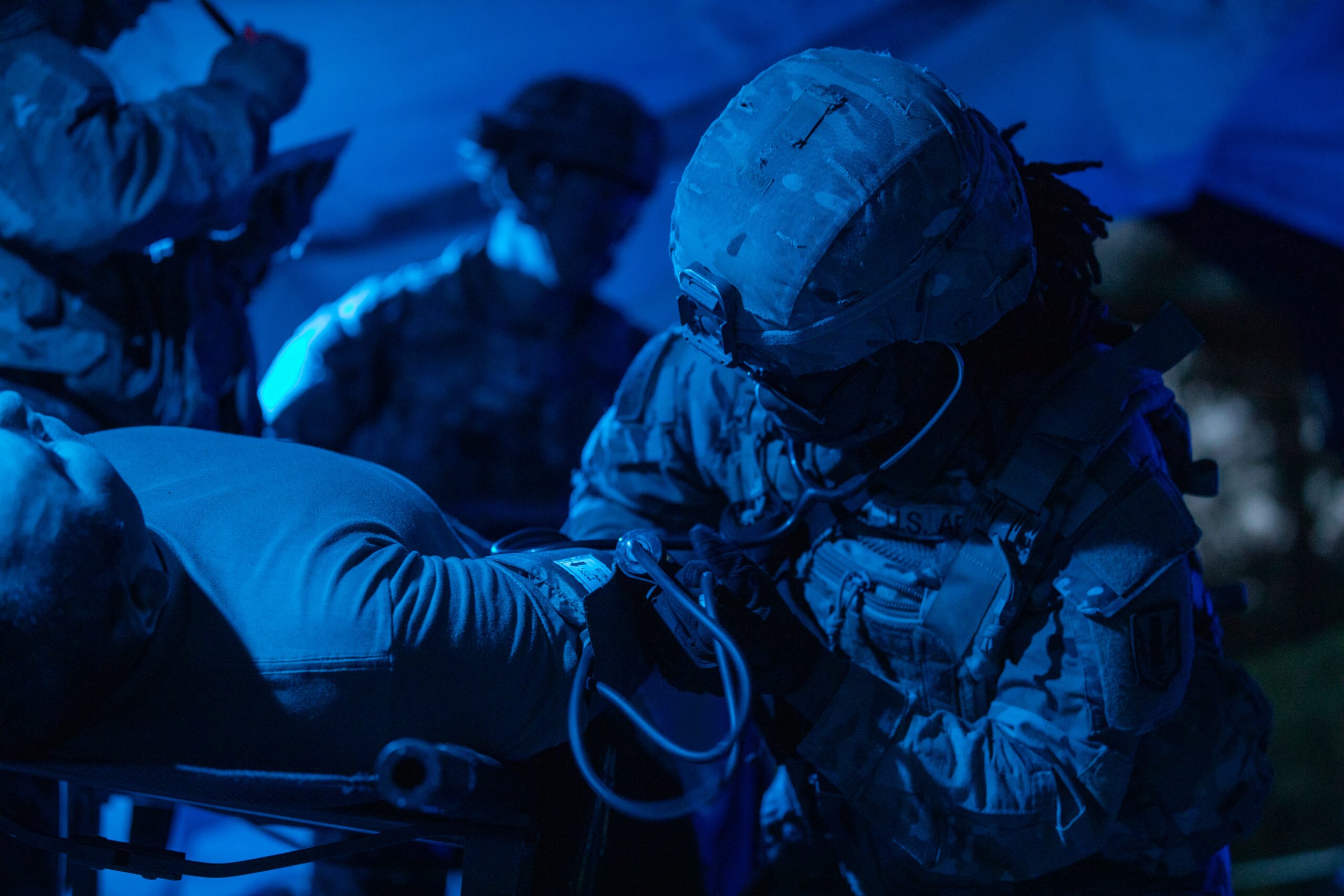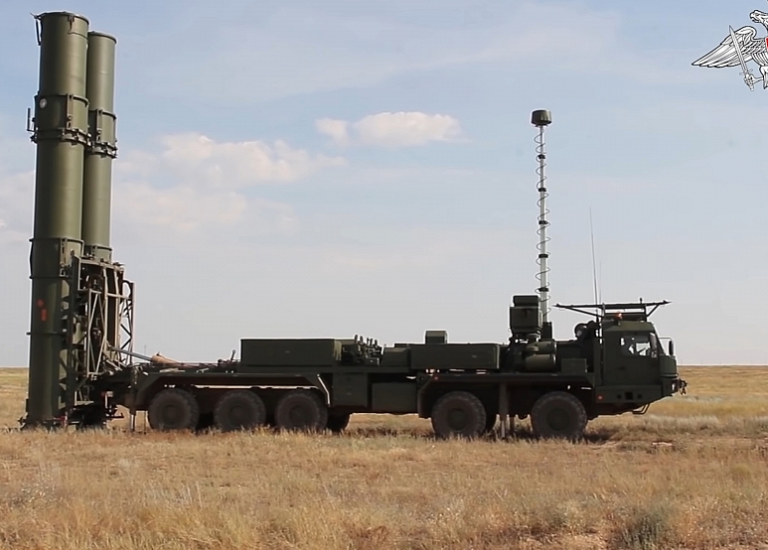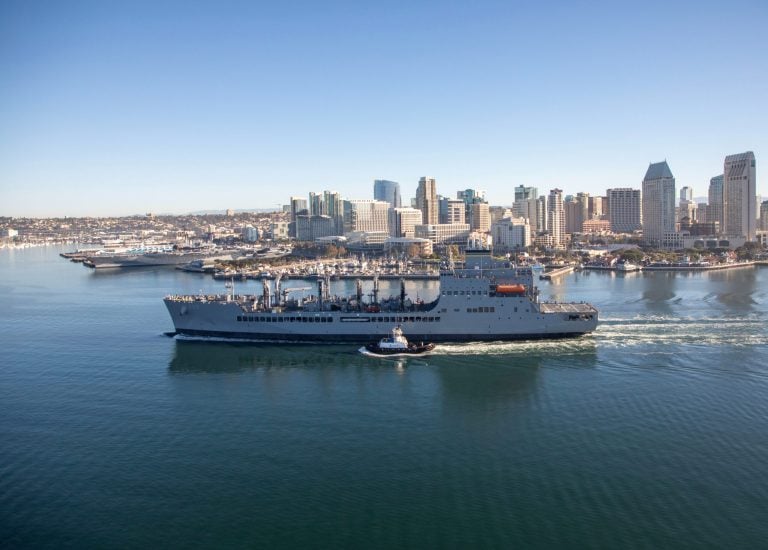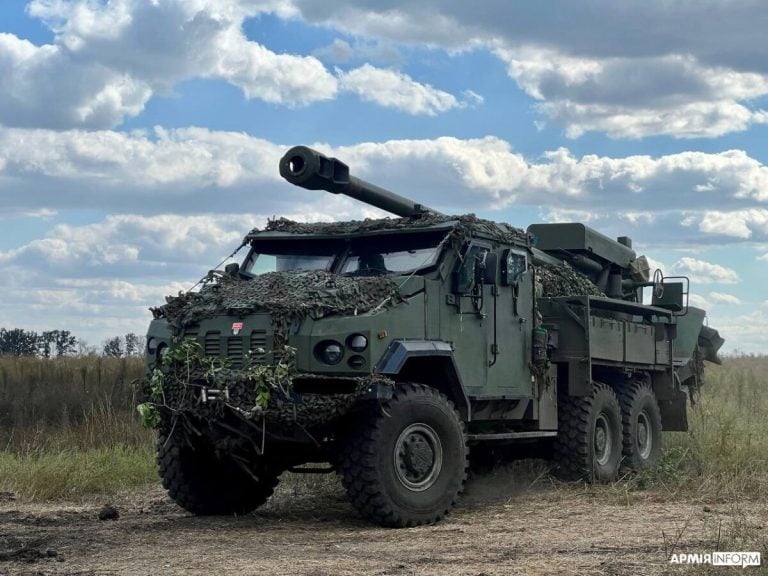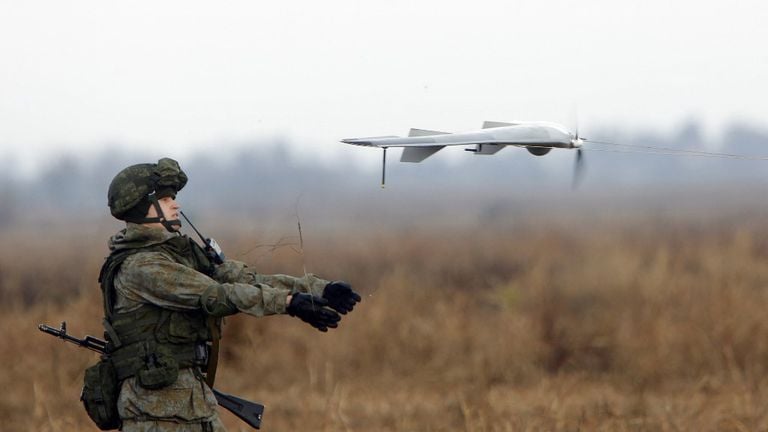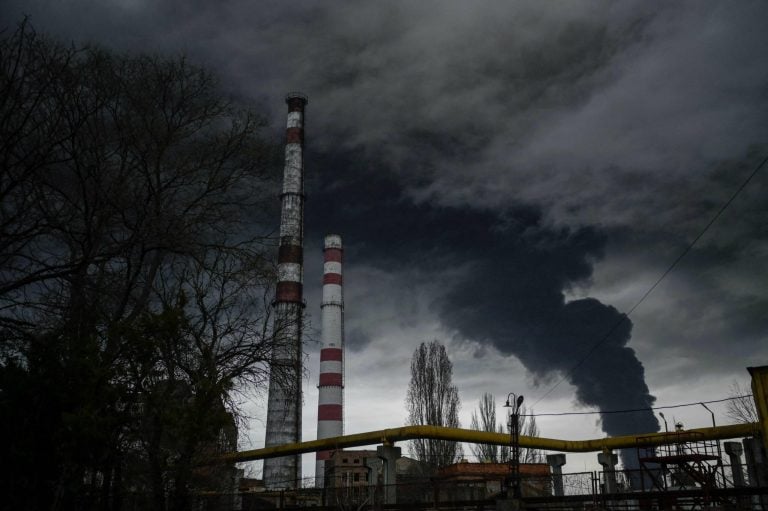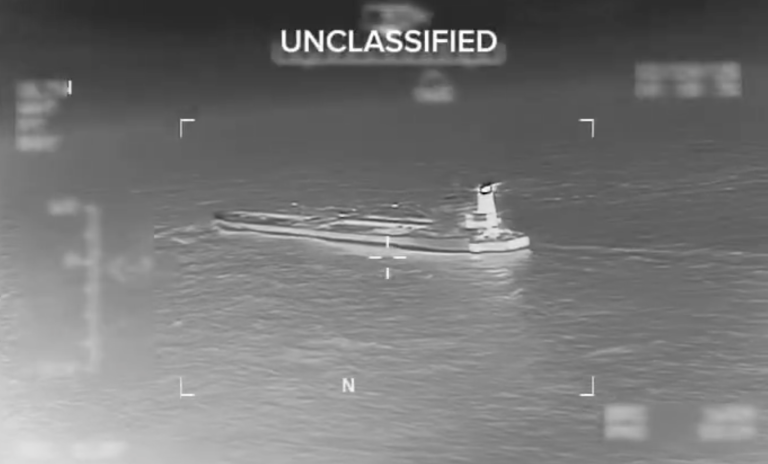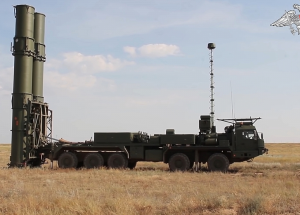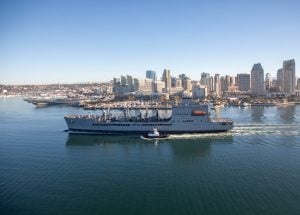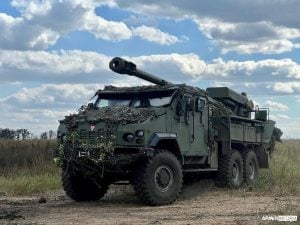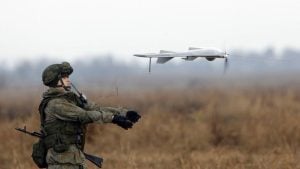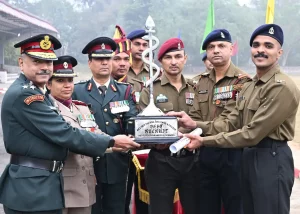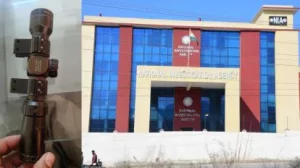The US Army recently convened over 1,000 warfighters for Global Medic 25-02, marking its largest annual joint medical exercise to date. Hosted in Wisconsin, this year’s exercise distinguished itself with an increased coalition presence and realistic combat scenarios, providing invaluable hands-on experience for medical personnel involved in large-scale combat medical support within coalition environments.
Spanning more than two weeks, the training exercise aimed to simulate the complexities associated with large-scale operations and the coalition dynamics expected in potential future missions. A total of 19 rotational training units participated, comprising roughly 698 members, supplemented by around 650 soldiers from other branches of the US military, 71 allied military personnel, along with 300 staff members from the Army Reserve Medical Command and the Medical Readiness and Training Command (MRTC).
To ensure optimal training outcomes, over 60 Observer-Coach/Trainers (OC/Ts) played a pivotal role in planning and execution throughout the exercise. These trainers guided the participants through realistic combat scenarios while systematically assessing readiness, refining training plans, and integrating lessons learned from previous exercises and real-world operations. Many OC/Ts dedicated 12 to 18 hours daily to ensure thorough training, evaluation, and mission preparedness for all units involved.
Parallel to the main exercise, the MRTC Headquarters located at Joint Base San Antonio hosted visitors for the Global Medic and Combat Support Training components. A key contributor to the exercise, the 7454th Medical Operational Readiness Unit from San Antonio, focused on managing large-scale operations and crises. Working within the Effects and Enablers Cell, the unit utilized mock injury artists, simulation operators, and live role players to simulate realistic injury and illness scenarios.
One of the leaders from MRTC, Capt. Jennifer Rocha, emphasized the importance of teamwork and communication, stating, “It’s one team, one fight. We ensure all units, supplies, and equipment are ready to execute effectively. The planning and communication between different medical functions are key.”
Sgt. Joseph Martinez from the 7454th Medical Operational Readiness Unit also recognized the significance of the immersive training elements, expressing that “Without these elements, it becomes a dialed-down exercise. Realistic patients and special effects prepare providers for what they’ll actually face in a real-world environment.”
The collective efforts during Global Medic 25-02 exemplify the US Army’s commitment to maintaining a high level of readiness among its medical personnel while fostering cooperation with allied forces.
